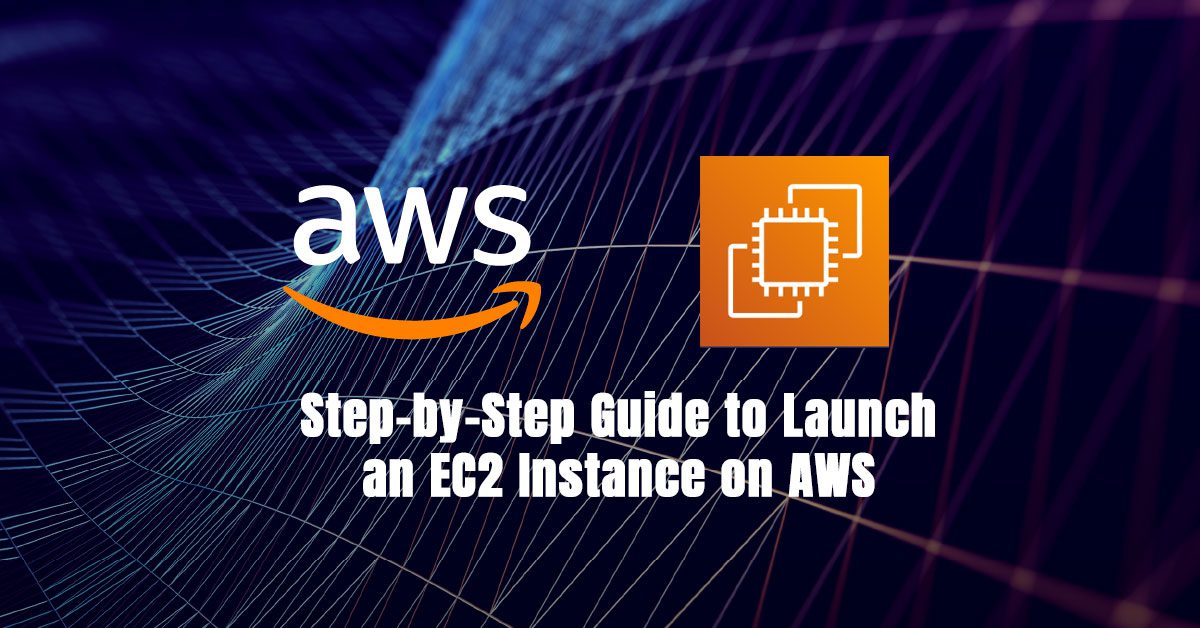By Cloudsoft Solutions | www.cloudsoftsol.com
Introduction
Amazon EC2 (Elastic Compute Cloud) forms the backbone of cloud computing on AWS, enabling you to launch virtual machines in minutes. Whether you’re a developer, DevOps engineer, or student, creating an EC2 instance is a must-have skill in today’s cloud-first world.
In this guide, Cloudsoft Solutions walks you through how to launch your first EC2 instance on AWS — step by step.
What is Amazon EC2?
Amazon EC2 is a secure, scalable compute service that lets you run servers in the cloud without owning physical hardware.
Key features:
- Scalability: Scale up or down based on demand
- Pay-as-you-go: Pay only for what you use
- Flexible OS: Choose Linux, Windows, or others
- AWS integration: Seamlessly works with other AWS services
Prerequisites
Before you begin, ensure you have:
- An AWS account (Free Tier eligible)
- A browser with internet access
- Basic understanding of cloud concepts
Step-by-Step EC2 Instance Creation
Step 1: Log in to AWS Console
Visit https://console.aws.amazon.com and sign in using your root or IAM credentials.
Step 2: Open the EC2 Dashboard
- Search for EC2 in the AWS Management Console.
- Click EC2 to enter the EC2 Dashboard.
Step 3: Launch an Instance
- Click Launch Instances.
- Provide a Name for your instance.
Step 4: Choose an Amazon Machine Image (AMI)
- Select Amazon Linux 2, Ubuntu, or Windows AMI.
- Choose an AMI labeled Free tier eligible if you’re using the Free Tier.
Step 5: Choose an Instance Type
- Select t2.micro or t3.micro (Free Tier options).
- Click Next.
Step 6: Configure Key Pair (Login)
- Create a new key pair (e.g.,
cloudsoft-key) or select an existing one. - Download the .pem file and store it safely — it’s required for SSH/RDP access.
Step 7: Network Settings
- Use the default VPC and subnet.
- Configure Security Group:
- Allow SSH (port 22) for Linux
- Allow RDP (port 3389) for Windows
Step 8: Storage
- Default: 8GB General Purpose SSD (gp2)
- Adjust size if needed.
Step 9: Launch the Instance
Click Launch Instance and wait for initialization.
Step 10: Connect to Your Instance
- Go to Instances → Select Instance → Connect
- For Linux:





